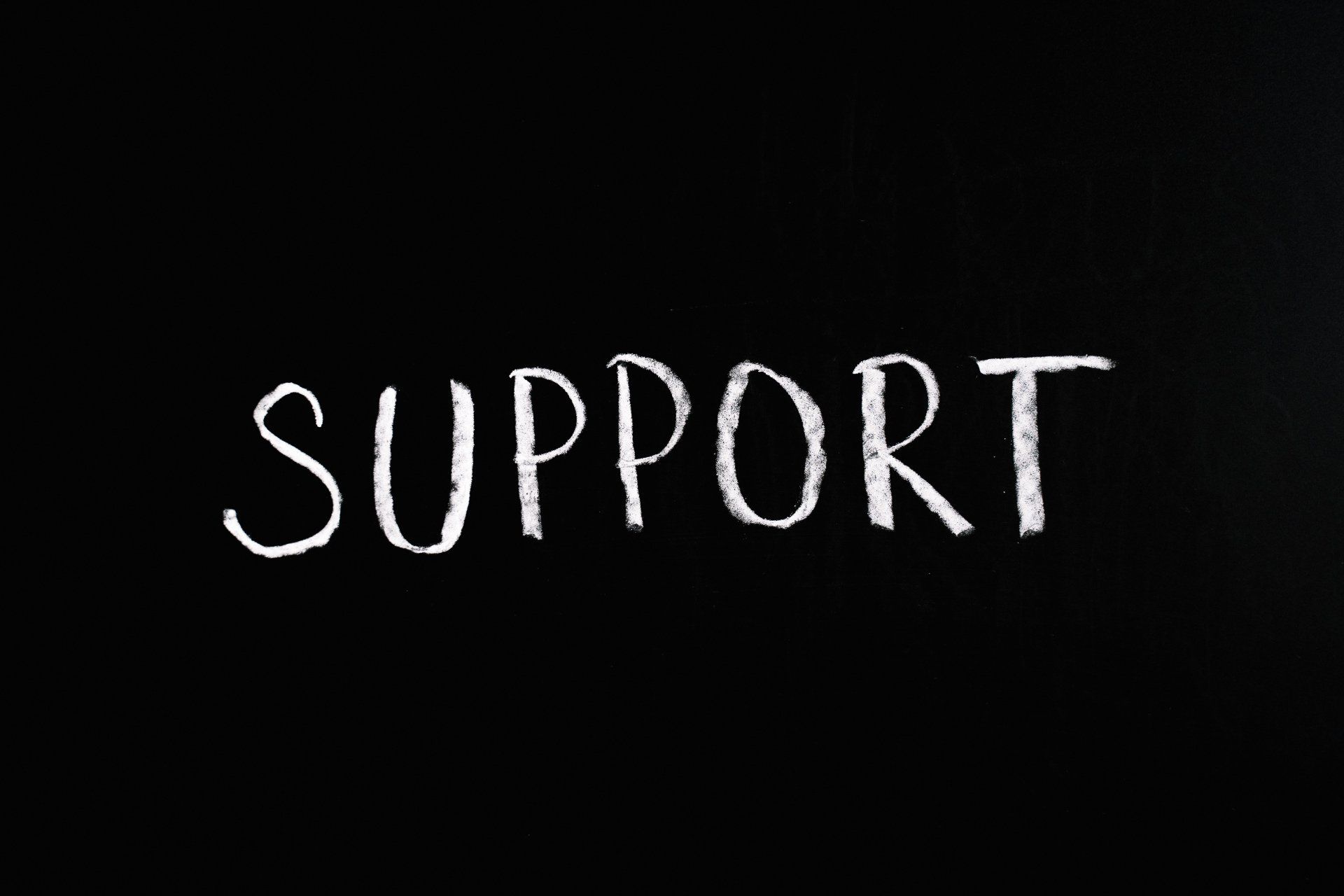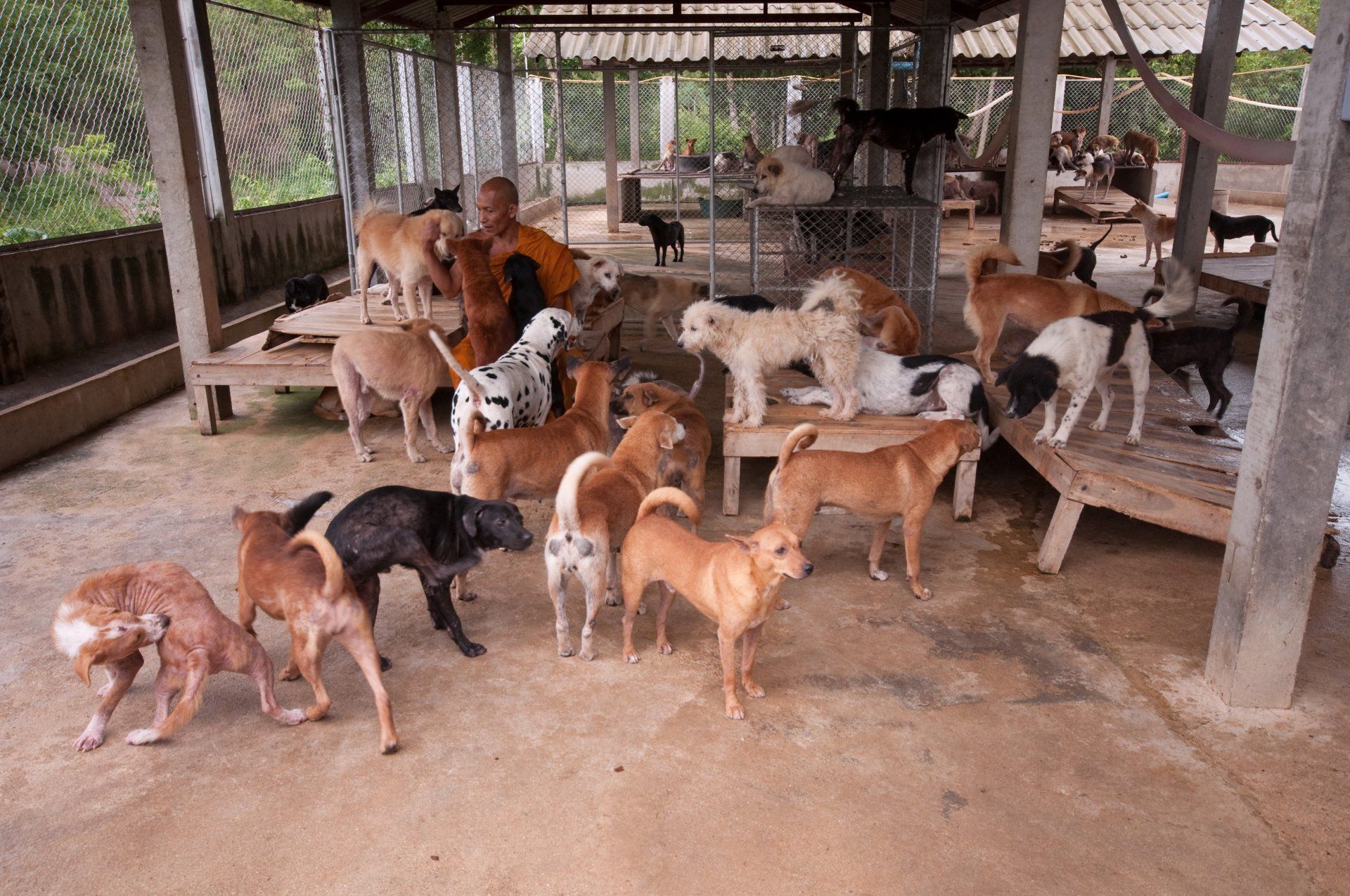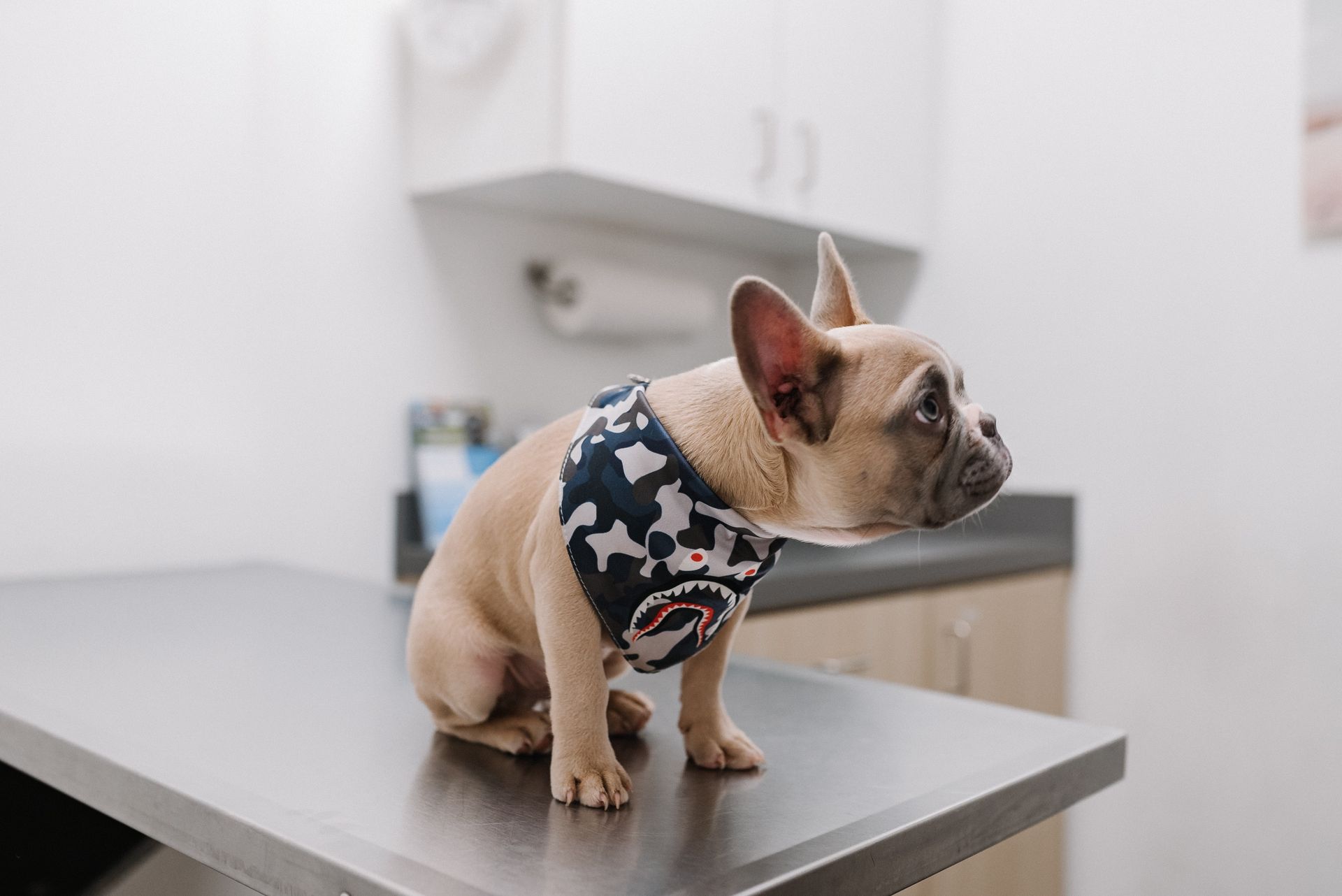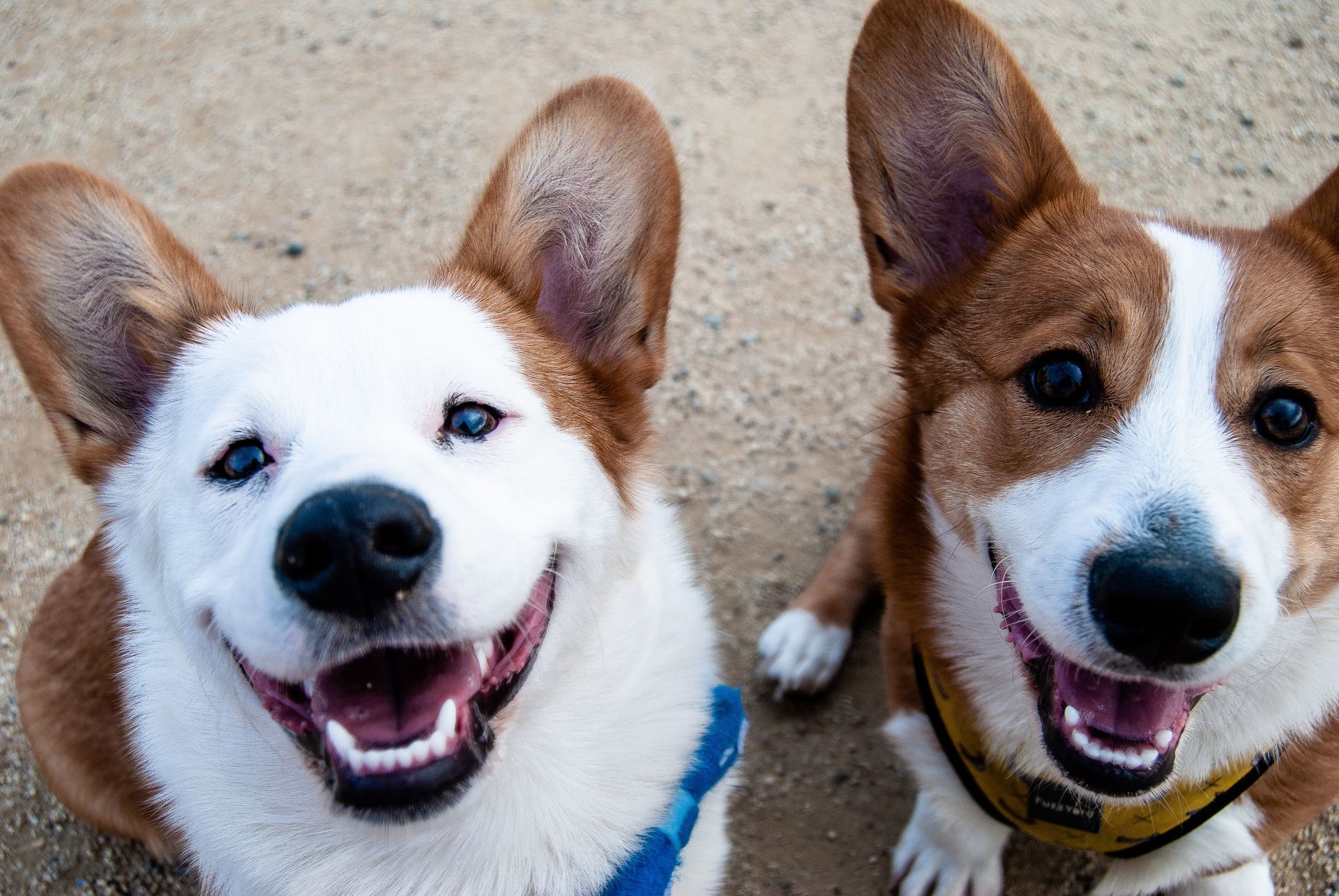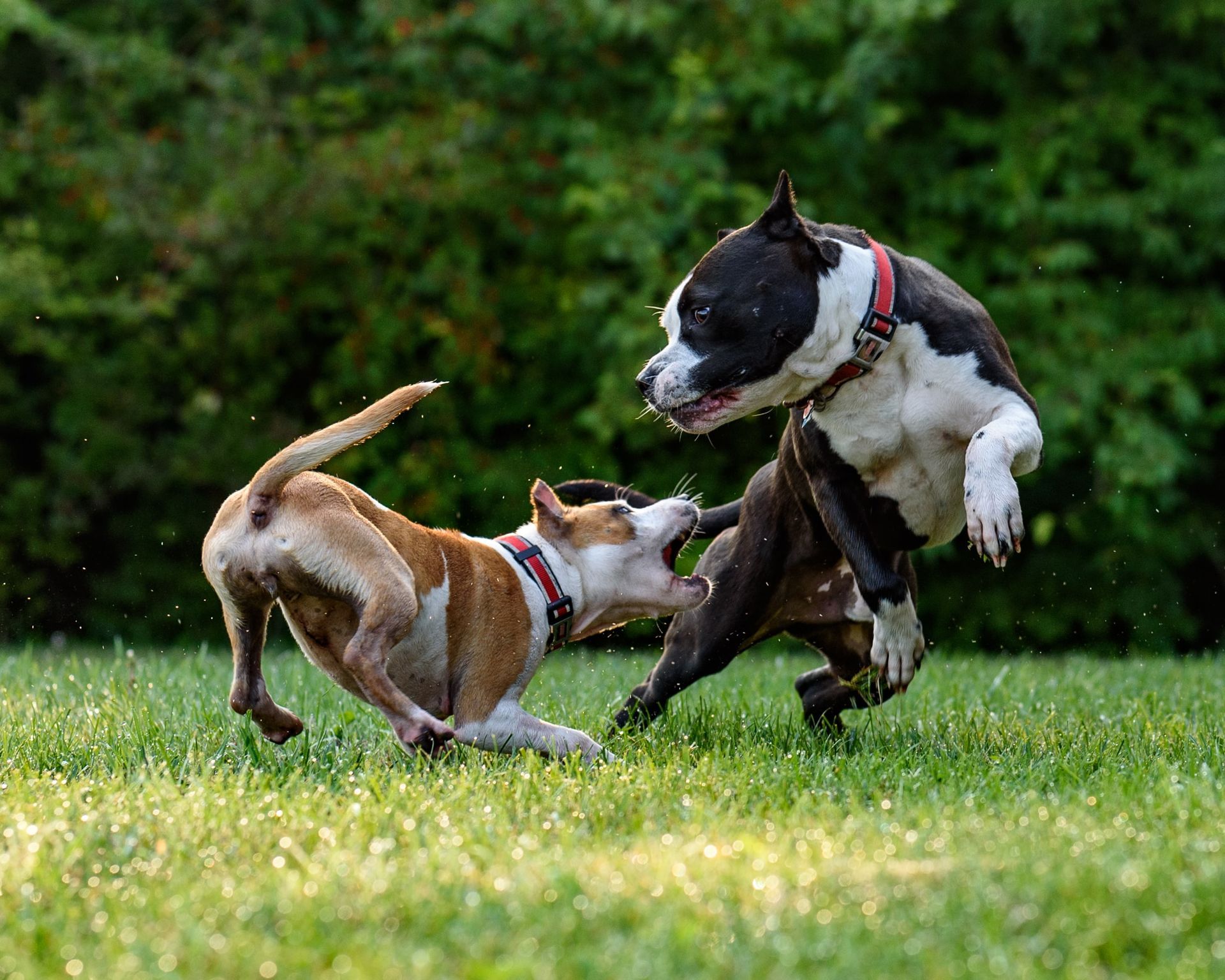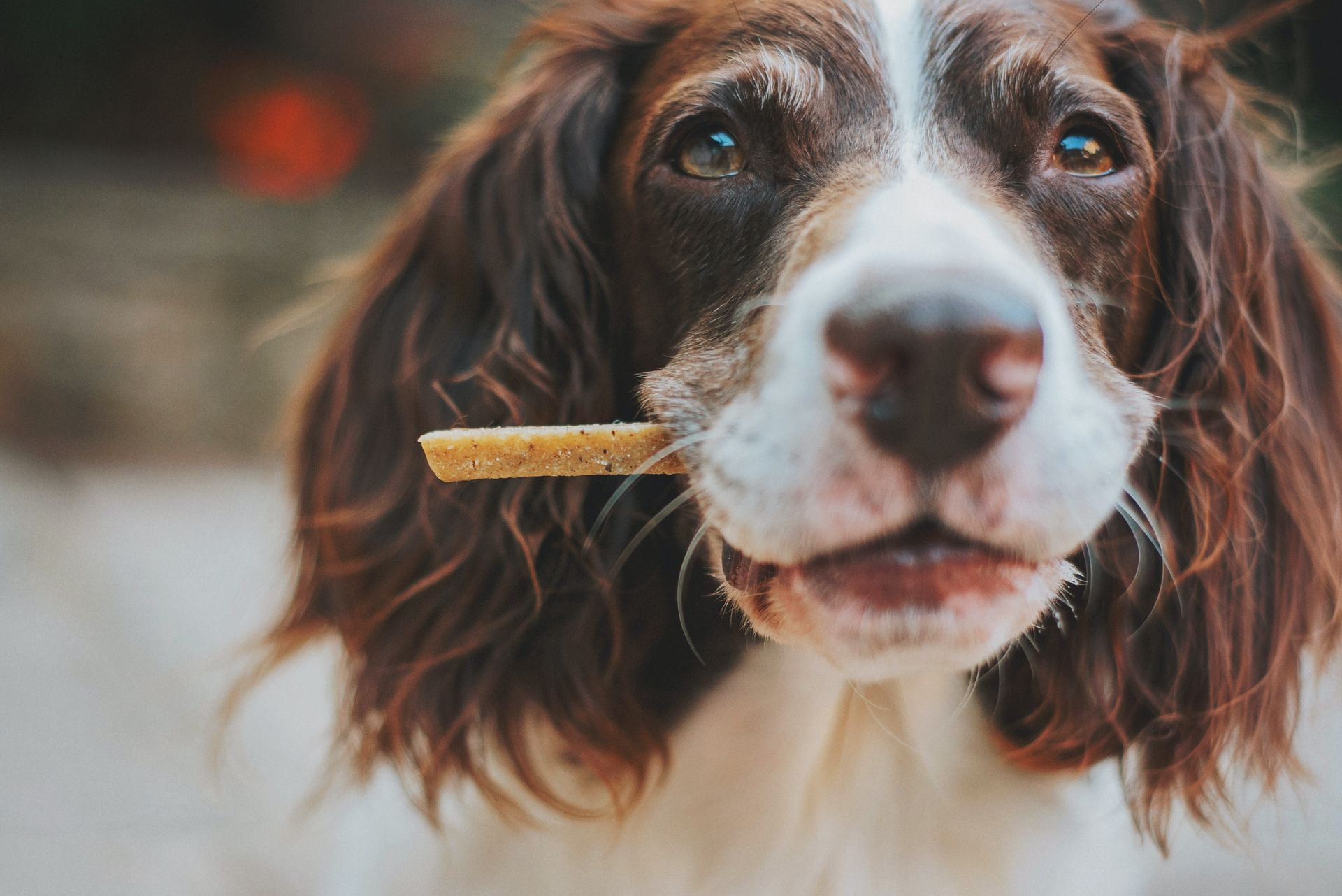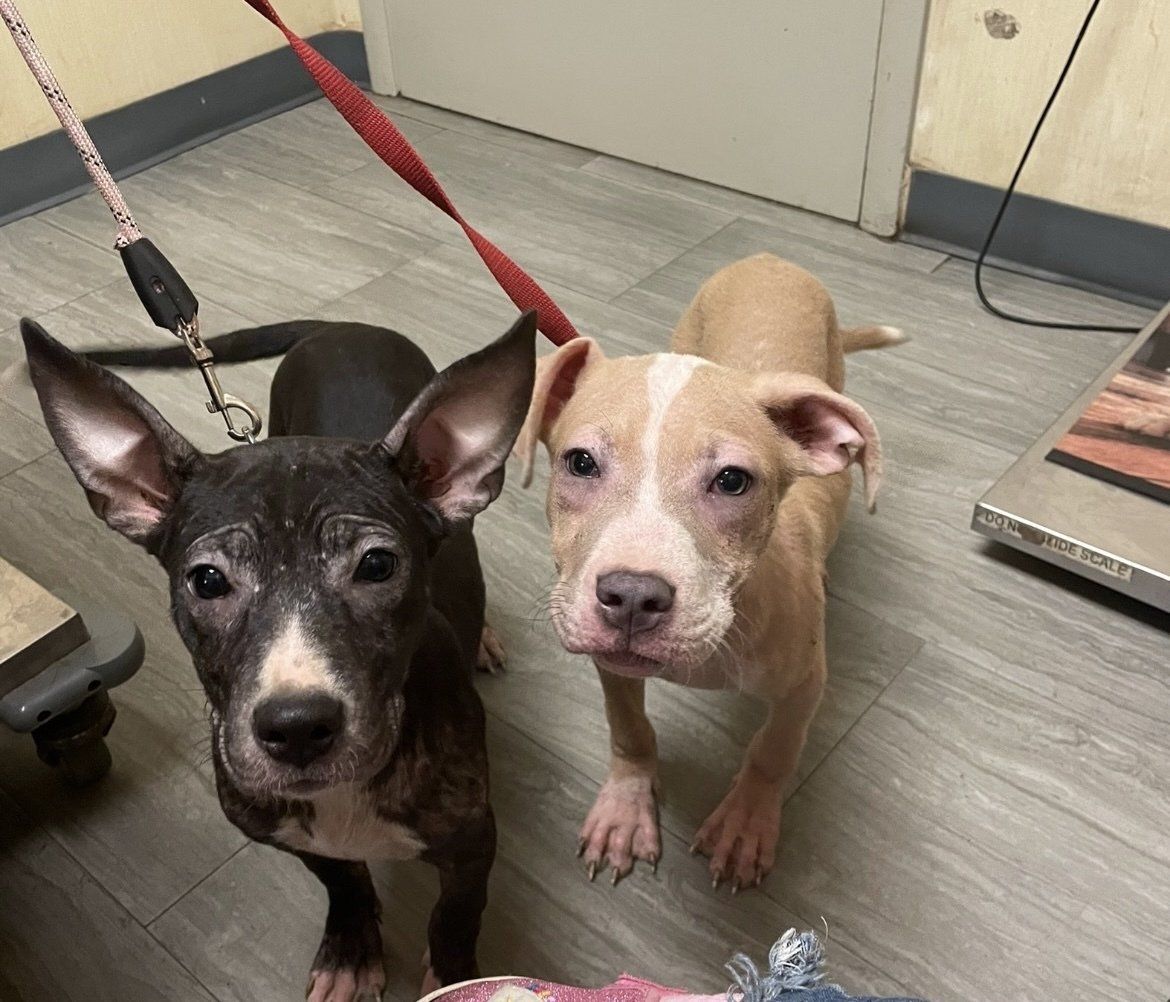After your dog has been outside for a period of time, make sure to check your dog’s paws for buildup. Chemicals used to prevent the streets or ground from icing over contain harmful or toxic poisons that would hurt your dog. Clean off your dog’s paws to prevent them from potentially ingesting any harmful poisons. Also, ice trapped in your dog's paws can scratch and hurt them. If the area you live in tends to snow heavily, the snow could cover potentially sharp objects or debris that can get caught in your dog’s paws and fur. Each time your dog has been outside, ensure your dog’s paws are free from any buildup.
Ways to Keep Your Beloved Dogs Warm During the Winter
Winter Weather Precautions: Tips to Protect Your Dogs from the Cold
During these long winter months ahead, you are bound to take your dogs outside for some fresh air, exercise, and other necessities. However, cold weather conditions can be harmful to your dogs if no precautions are taken into account. It is imperative to know how to best care for your pets through any season. As this year’s winter has already been a long cold challenge for all of us, keep on reading for some helpful tips to ensure your dogs thrive and stay warm and safe.
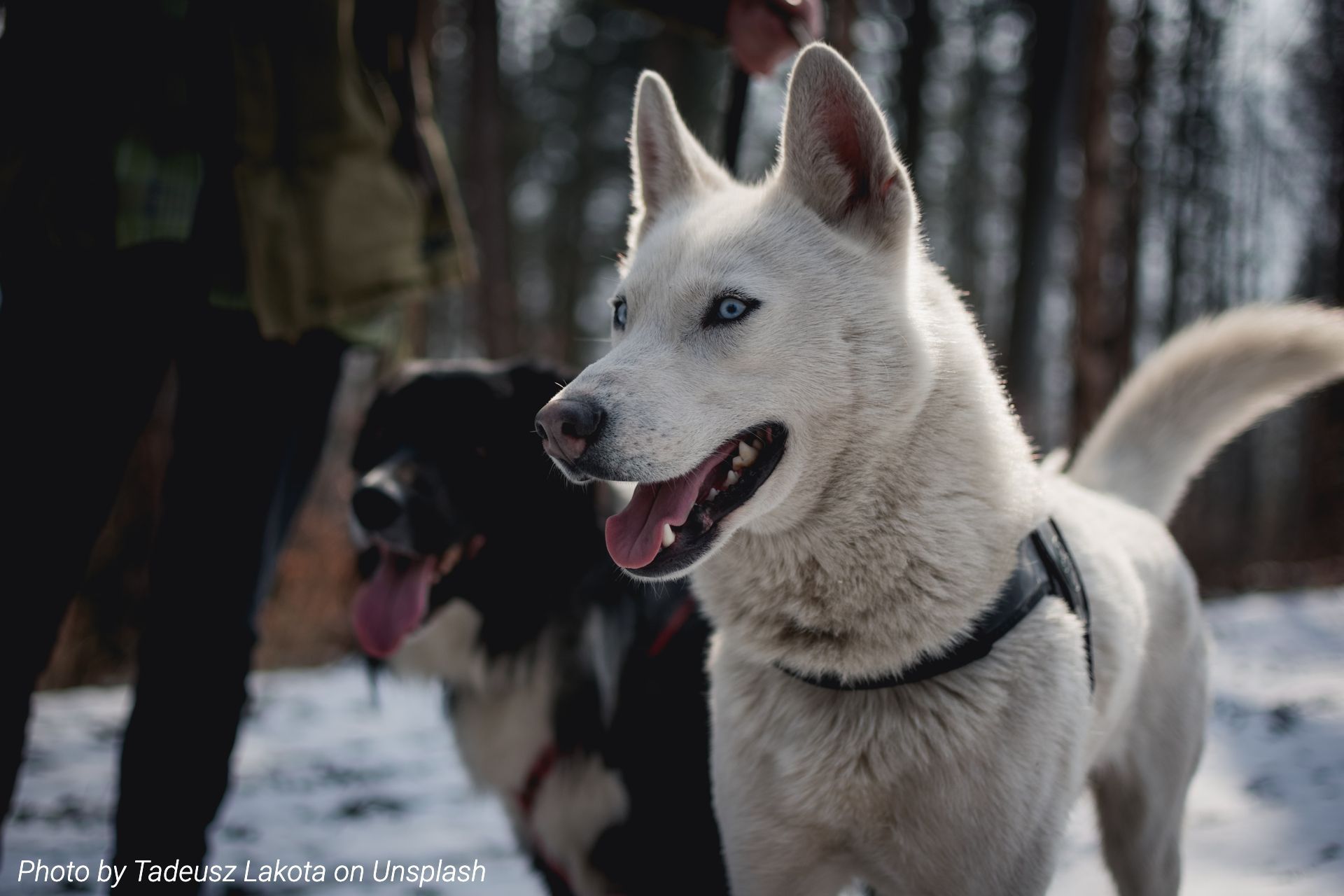
Understand What Your Dog Needs
Contrary to popular belief, not all dogs can withstand cold weather conditions. Simply because they have a coat of fur does not mean they are adept to handling extreme temperatures. Understand what your dog needs based on their breed, and learn what their tolerance is to the cold. Typically, double coated breeds or those with thicker undercoats are best suited for the outdoors. However, even if they may be a breed that is commonly able to withstand the cold, each and every dog may still have individual preferences as to how much cold they can handle.
Set Up Proper Shelter
If you choose to allow your dog freedom to roam about outside in the elements, provide shelter with access to unfrozen water and food. In order for dogs to best handle the colder temperatures, they may need to eat more food to compensate due to their metabolisms working faster to keep warm. Consult your vet when considering changing their diet, and make necessary adjustments to ensure they are properly set up for success to endure the colder weather. Furthermore, depending on the weather conditions, water can freeze outside quicker than normal. Take extra measures to ensure your dog has plenty of unfrozen water to stay hydrated.
Consider elevating the shelter or kennel you set up outside so that is it slightly higher than the ground. Moisture from the ground could build up which would take away heat, and render the shelter cold and futile in keeping your dog warm.
Check Your Dog's Paws
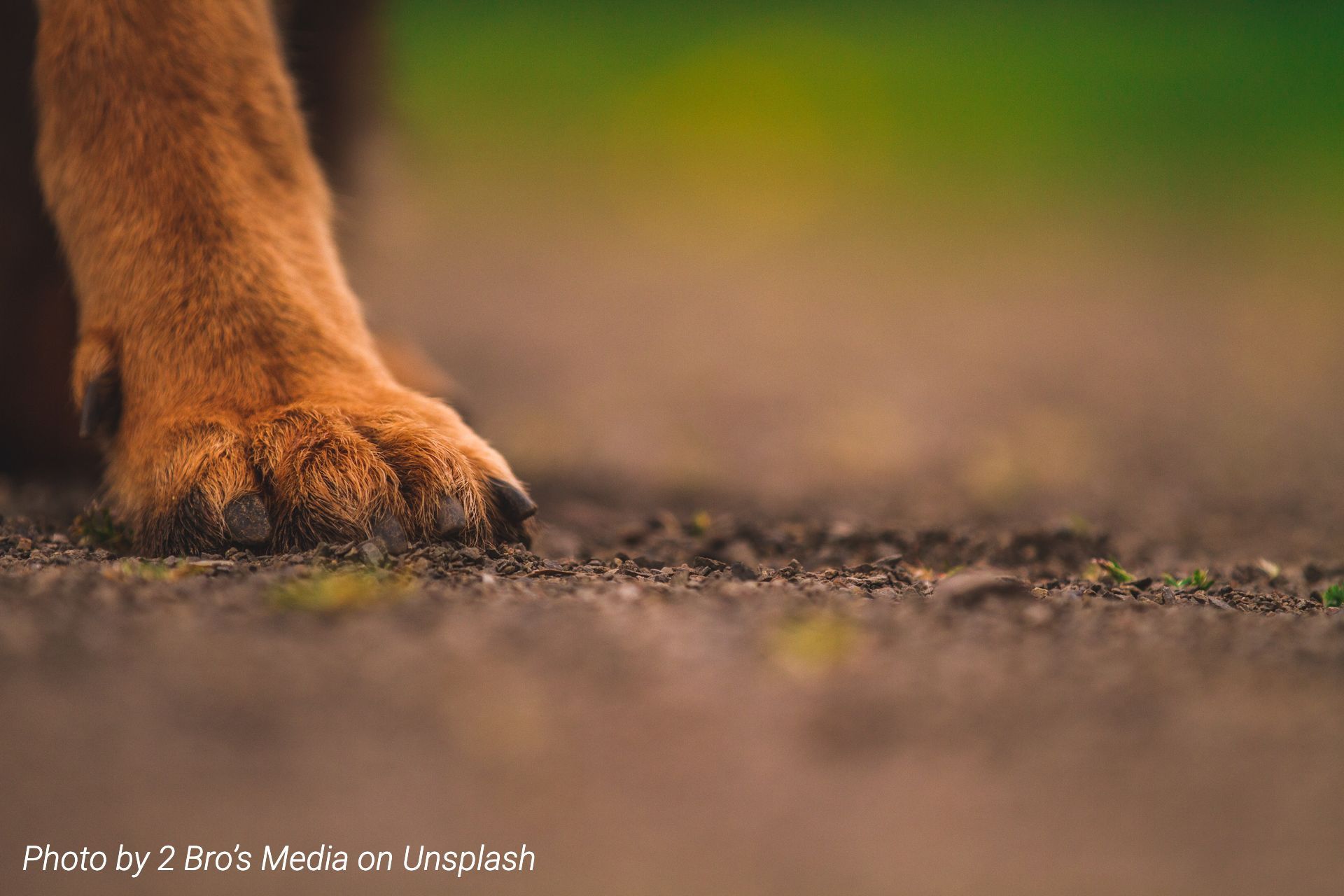
Update Collars and Chips

Snow and ice can hinder your dog’s ability to find their way back home. Dogs already have less depth perception and less visual acuity; though they can see better than humans can in dim lighting, they also rely on smell to access their surroundings and environment. In colder weather conditions, the snow and ice can cover and hide recognizable scents that allow dogs to trace their way back home. Even in warmer seasons, it is imperative in general to make sure your dog’s collar has updated information and identification.
Look Out for Warning Signs
Your dog may be trying to communicate with you that it is too cold for them if they start exhibiting behavior signs such as shivering, whining, slowing down movement, or appearing anxious. Be on the lookout for signs of frostbite and hypothermia. After your dog has been outside for a period of time, check for blisters, skin ulcers, discoloration, or painful spots on their body. Understand preexisting medical conditions which could worsen during the winter time. Certain medical conditions such as arthritis worsen in colder weather, much like it does for humans. When bringing your dog back inside, dry them off as soon as possible to keep them warm. Consult your vet if your dog exhibits abnormal behavior.

At the end of the day, know your dog and pay attention to what they might need. Fresh air and exercise are just as necessary during the winter for dogs as with any other season, but colder weather can pose its dangers as well. Animals are not invincible to the cold; though they may be born with a natural layer of insulation allowing them to handle colder weather better than humans can, they need to be protected from the elements as well. Know what your dogs need and what they are trying to communicate with you. With proper love and care, your dog will surely thrive during these cold winter months.
